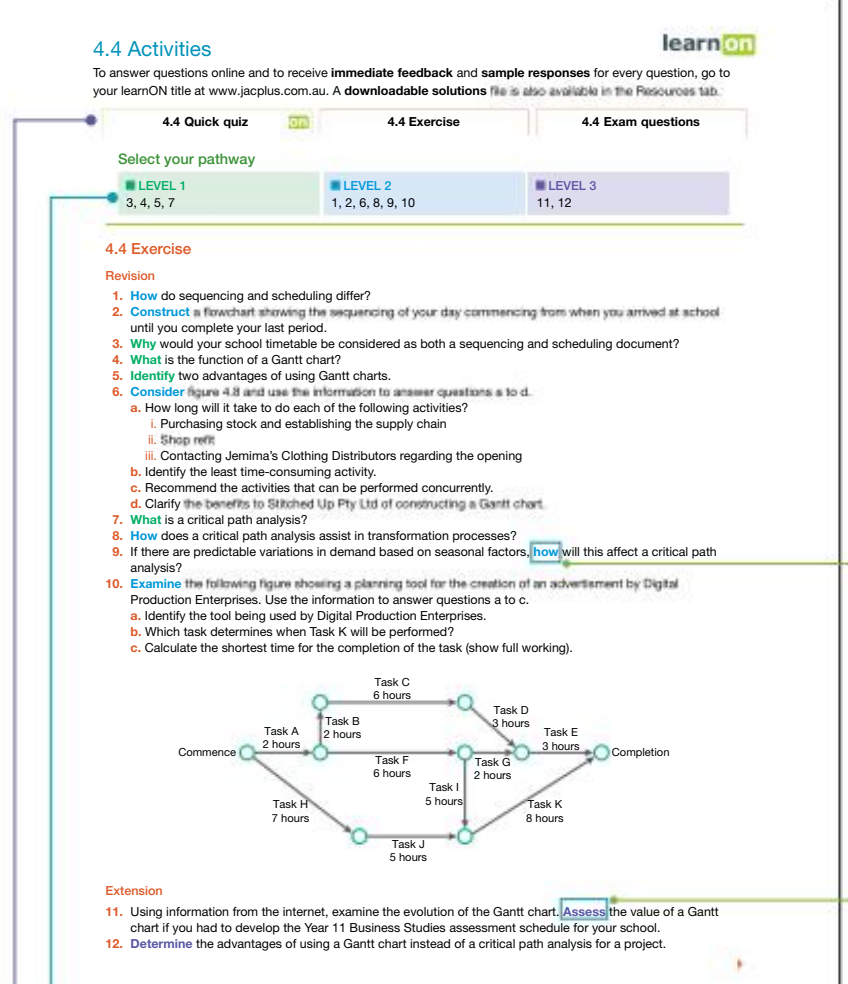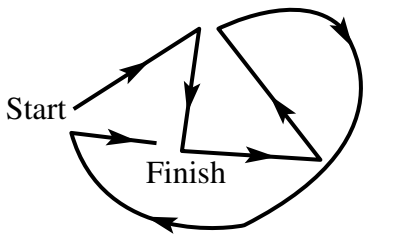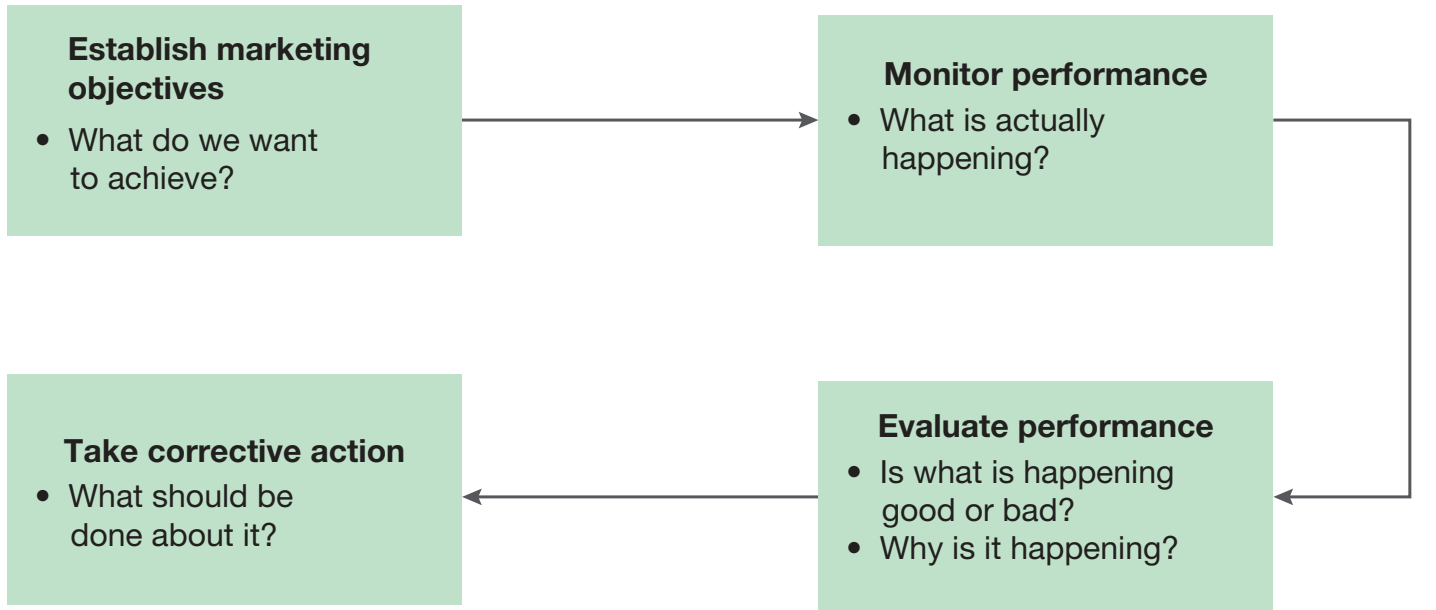Photo AI
Last Updated Sep 25, 2025
Presentation Skills Enhancement Simplified Revision Notes for NSC Business Studies
Revision notes with simplified explanations to understand Presentation Skills Enhancement quickly and effectively.
251+ students studying
Presentation Skills Enhancement
Consistent enhancement of presentation skills is crucial for pre-college students. Understanding and regularly improving these abilities will enable you to excel in both academic and professional environments.
Introduction to Presentation Skills Enhancement
- Feedback is critical for refining presentation abilities and fostering personal growth.
- Examples of how feedback leads to improvement:
- Content Clarity: Achieved through precise language modifications.
- Delivery: Enhanced by managing pacing and maintaining eye contact.
- Valuing feedback actively contributes to personal development.
Continuous improvement ensures:
- Structured Growth: Establishes a clear path for development.
- Focused Development: Targets specific areas for enhancement.
- Measurable Progress: Tracks improvements over time.
- Enhanced Adaptability: Utilises self-reflection and feedback to refine skills.
Feedback guides specific improvements, leading to noticeable personal growth.

Verbal and Non-Verbal Communication Skills
Verbal Communication Challenges
- Pacing:
- Speech speed significantly affects comprehension and interest.
- Example: Speaking too quickly can overwhelm, while being too slow might cause disengagement.
- Clarity:
- Utilise simple language and avoid jargon to convey your message clearly.
- Example: Replace "utilise synergies" with "work together".
- Engagement:
- Stories and questions can thoroughly engage the audience.
- Example: Asking "Have you encountered this problem?" captivates audience members.
Non-Verbal Communication Challenges
- Eye Contact:
- Vital for building trust and confidence.
- Scenario: Sustained eye contact reflects confidence, whereas a lack indicates disconnection.
- Gestures:
- Gestures should support your verbal message.
- Example: Employ hand gestures to emphasise key points.
- Body Language:
- Open postures convey confidence and invite audience engagement.
- Scenario: Standing upright with an open stance connects positively with the audience.
Techniques for Improvement
Verbal Techniques
- Pacing and Tone:
- Use pauses and vary your tone to emphasise and engage.
- Exercise: Record and review your speech, identifying improvements in tone and pace.
Non-Verbal Techniques
- Eye Contact:
- Practise slowly scanning across different sections of the audience.
- Technique: Practise shifting focus across audience sections uniformly.
- Gesture Alignment:
- Align gestures with speech to reinforce essential points.
- Practice: Use scripted dialogues to harmonise gestures naturally.
- Posture Control:
- Practise maintaining an open and relaxed stance.
- Routine: Regularly rehearse in front of a mirror to improve posture awareness.
Impact on Presentation Effectiveness
- Engagement:
- Effective communication maintains audience attention and increases involvement.
- Example: A varying tone and dynamic delivery captivate the audience.
- Clarity & Credibility:
- Clear communication fosters understanding and authority.
- Highlight: Polished delivery strengthens credibility and trust.
Top 3 Tips for Effective Communication Skills in Presentations
- Practise your pacing and tone to ensure clarity.
- Use consistent eye contact to maintain connection.
- Align gestures with your verbal message to highlight key points.

Presentation of Business Information
Organisation and Presentation of Business Data
- Structure and Clarity:
- Organise information logically.
- Simplify for audience understanding.
- Keep communication concise.
Logical Flow: Convey information sequentially to form a coherent narrative.

Types of Graphs and Charts
- Commonly Used Visuals:
- Bar Charts: Compare quantities, ideal for distinct comparisons.
- Pie Charts: Show proportions, perfect for part-to-whole relationships.
- Line Graphs: Depict trends over time, useful for temporal data analysis.
- Tables: Suitable for detailed data presentation.
- Bar Chart: Compare quantities.
- Pie Chart: Present parts of a whole.
- Line Graph: Highlight trends.
- Table: Ideal for detailed data.
- Challenges and Solutions:
- Misinterpretation: Use precise labels and legends.
- Overload: Focus on critical data; e.g., summarise key trends instead of displaying all data points.

Selecting Appropriate Visuals
- Visual Suitability:
- Select visuals that match data complexity and audience knowledge.
- Align visuals with narrative goals.
- Examples:
- Poor Selection Scenario: Using a pie chart for a complex trend across time.
- Effective Selection Scenario: Utilising a line graph to depict data trends over months.
Best Practices for Visual Aids
- Integration of Visuals:
- Visuals should enhance, not detract from, the main message.
- Use suitable visuals to back key points.
- Guidelines:
- Consistency: Maintain uniform slide design.
- Readability: Employ clean, readable fonts and sizes.
- Minimal Text: Prioritise images over text to communicate ideas.
- Example: A sales presentation employing charts to clearly illustrate sales growth across quarters.

Sample Slide Analysis
- Best Practices: Analyse slides with balanced visuals and text.
- Common Pitfalls:
- Avoid slides overloaded with text.
- Simplify visuals to prevent clutter and complexity.
- Learning Points: Focus on clarity and enhancing engagement.
Visual Selection: Choose visuals that clearly convey your data and align with your narrative.

Introduction to Professionally Handling Questions and Feedback
Presentations with effective Q&A sessions can significantly enhance audience retention by up to 30%. Handling questions and feedback is an integral part of improving your presentation's impact.
Strategies for Handling Questions
- Question Handling Framework:
- Listen deeply: Fully understand every aspect of the question.
- Clarify: Request further information if necessary.
- Respond concisely: Offer precise and direct answers.
- Confirm understanding: Recap key response elements to ensure clarity.
Neglecting these steps can lead to misunderstandings, potentially harming your professional reputation. Effectively applying these steps fosters trust and asserts authority.
Real-World Insight: Consider a scenario where applying this framework uncovered a client's core concern, preventing project delays.

Importance of Active Listening
-
Techniques:
- Maintain consistent eye contact.
- Use nodding and appropriate expressions.
-
Example Scenario: Actively acknowledging a request for clarification during a presentation avoids miscommunication.
-
Pitfalls to Avoid: Presuming understanding without seeking relevant follow-ups.
Professional Techniques for Acknowledging Feedback
- Expanded Dialogue Examples:
- Positive Feedback: "I appreciate your positive feedback."
- Negative Feedback: "Thank you for your honesty. Let's delve deeper to explore solutions."
- Ambiguous Feedback: "Could you provide more context so I can better address your concerns?"
Simulated conversations like these prepare you for real interactions, ensuring constructive engagements.

Maintaining Composure
-
Stress Management Techniques:
- Practise deep breathing; count backwards from ten if needed.
- Visualise a calm setting to alleviate immediate tension.
-
Application in High-Pressure Settings: Ensures composed responses, maintaining professionalism when challenged.
Try a focused breathing exercise: inhale for four counts, hold for four, then exhale for four. Repeat to regain calmness.
Role-Play Scenarios
- Detailed Scenarios:
- Challenging Questions: Employ critical thinking to respond effectively while staying composed.
- Negative Feedback: Engage, clarify details, and seek mutually agreeable solutions.
- Repetitive Questions: Reinforce main ideas confidently, requesting elaboration if necessary.

Common Challenges in Managing Feedback
-
Typical Issues:
- Misinterpretation due to nuanced language.
- Emotional reactions overshadowing objective judgment.
-
Resolution Narrative: Resolve misunderstandings by asking for specifics, resulting in clearer understanding and more effective outcomes.
Emphasise Solutions Over Debates
-
Core Insight: Always focus on constructive solutions rather than engaging in debates.
-
Flowchart Reference: The flowchart outlines steps to transition from feedback to constructive solutions.

Action Plan Template
An action plan is essential for structured improvement. It guides you through a defined path toward skill enhancement.
- Clear Objectives: Outline tangible objectives for improvement, identifying pivotal skills to focus on to ensure significant growth.
- Identify Resources: Determine which tools or courses are needed, such as online platforms for practising voice modulation. Utilising resources effectively is key to maximising growth.
- Measurable Goals: Establish quantifiable objectives. Progress should be trackable and evidenced.
- Schedule Practice Sessions: Regular practice ensures skill refinement, promoting consistent improvement.
Understanding the critical impact of each element creates a robust foundation for continuous improvement. Start small, achieving early victories through clear objectives or practice sessions.

Steps for Setting Measurable Goals
Adopting the SMART criteria ensures effective goal setting:
- Specific: Define the objective clearly. Example: "Enhance confidence during presentations by improving volume."
- Measurable: Employ metrics like feedback forms to quantify success.
- Achievable: Goals should stretch your abilities but remain attainable.
- Relevant: Align objectives with broader aspirations or educational needs.
- Time-bound: Establish deadlines, such as achieving goals by next semester.
Example SMART Goal:
- Enhance eye contact with the audience by 50% over the next month.
- Involve bi-weekly practices for skill tracking.
Applying SMART criteria transforms broad aspirations into focused, actionable steps that lead to clear results.

Scheduling Regular Practice and Feedback Sessions
Tools & Techniques:
- Utilise Google Calendar to schedule reminders for practice sessions, ensuring dedicated times for focused exercises.
- Use Trello to track progress and adjust plans as necessary, keeping development structured.
Practice Methodologies:
- Short daily sessions concentrating on specific skills lead to steady progress.
- Pair practice cycles with self-review for insights.
Role of Peer Reviews
Understanding Peer Reviews: Receiving feedback from peers enriches presentations by introducing external perspectives.
- Constructive Feedback: "Great content! Consider varying tone for impact."
- Non-Constructive Feedback: "Your presentation was boring." (Improve by pinpointing specific aspects like enhancing storytelling energy.)
Benefits:
- Diverse insights and accountability.
- Development of a supportive feedback environment.
Incorporating Self-Reflection
Adaptability through Reflection: Regular self-assessment identifies strengths and weaknesses, promoting lifelong adaptability.
- Reflection Questions: "What techniques were effective? Which moments were less impactful?"
- Timing Suggestions: Consider Sunday evenings for reflection and planning for upcoming weeks.
Consistent self-reflection allows for ongoing insights. Scheduling regular times ensures this critical practice becomes routine.
Conclusion
Crafting and adhering to an action plan is crucial for maintaining high-quality presentation skills. Embrace these strategies for continuous improvement and achieve excellence in every presentation.

500K+ Students Use These Powerful Tools to Master Presentation Skills Enhancement For their NSC Exams.
Enhance your understanding with flashcards, quizzes, and exams—designed to help you grasp key concepts, reinforce learning, and master any topic with confidence!
40 flashcards
Flashcards on Presentation Skills Enhancement
Revise key concepts with interactive flashcards.
Try Business Studies Flashcards4 quizzes
Quizzes on Presentation Skills Enhancement
Test your knowledge with fun and engaging quizzes.
Try Business Studies Quizzes2 questions
Exam questions on Presentation Skills Enhancement
Boost your confidence with real exam questions.
Try Business Studies Questions1 exams created
Exam Builder on Presentation Skills Enhancement
Create custom exams across topics for better practice!
Try Business Studies exam builder54 papers
Past Papers on Presentation Skills Enhancement
Practice past papers to reinforce exam experience.
Try Business Studies Past PapersOther Revision Notes related to Presentation Skills Enhancement you should explore
Discover More Revision Notes Related to Presentation Skills Enhancement to Deepen Your Understanding and Improve Your Mastery
Load more notes